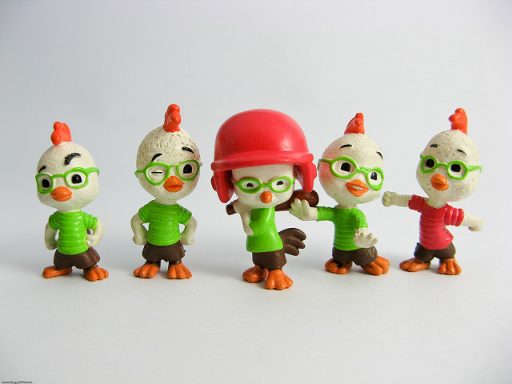Safety is, in some way, about control.
Yes, we can admit that as safety officers, we really do not like free thought when it comes to workers. We would much rather have control over every worker’s motions and movements and attitudes so they are always safe and removed from any illness or injury risk.

[Image courtesy of Flickr user dbgg1979 via a Creative Commons license\
In order to do that, many of us have a range of control tools we can use – these tools are often listed in tables and charts in a hierarchical manner in order of their ability to impact a risk. Often what many of us are looking at is the severity of the risk and the best, most effective way to reduce that risk. A hierarchical chart can be an effective way to look at these various controls and their impact on reducing risk.
If you think of it as investing in the stock market,you can see this as assessing risk and controls like a mutual fund. When you invest in a mutual fund, you want to find the right or best balance between risk and reward – get good value for your money. You want your potential returns to outweigh the risk, but the problem is sometimes that we might put too much value in the risk and thus we might overshoot our reward expectation. In this case, it is always a good idea to have an objective chart or table of research to determine what is actually true about risk and reward, so you can see what the probable risk is, rather than just the most imaginable.
They are, or can be, two very different things. It makes more sense in safety.
When you look at a particular risk, it can be very easy to think that the worst-cae scenario is death. And i suppose in many instances, you’re right – even the most unlikely scenario can involve death in a rare occasion. But while death can be a conceivable result, is it actually probable or possible? If you were to develop a graph of the likelihood of death being a result of the risk you’re looking at, will death be at the very bottom of the graph, if it even shows up at all? If the actual risk is small enough to be insignificant, then you do not need to go out of your way to put controls in that will prevent death – that would be overvaluing the risk and thus overvaluing the reward. In other words, you have too much safety in place, and workers may find it unnecessary to go to so much trouble – which means they may not take those steps in the end.
While you cannot control what people think or do in the name of safety, you can discourage proper safety activities by getting too caught up in overestimating the risks around your work site. The controls you put in place need to be as reasonable as the worst-probable outcome of the risk (not the worst possible or conceivable). While there is no guarantee of compliance, if what you ask and encourage your workers to do is reasonable and logical, while they still understand the risk of non-compliance, you are more likely to get them to “behave” and do the right, safe thing for themselves and others.
Like the original, being Chicken Little all the time is not very productive.
(H/T to James Burk’s article in the March 2016 issue of Professional Safety magazine)
